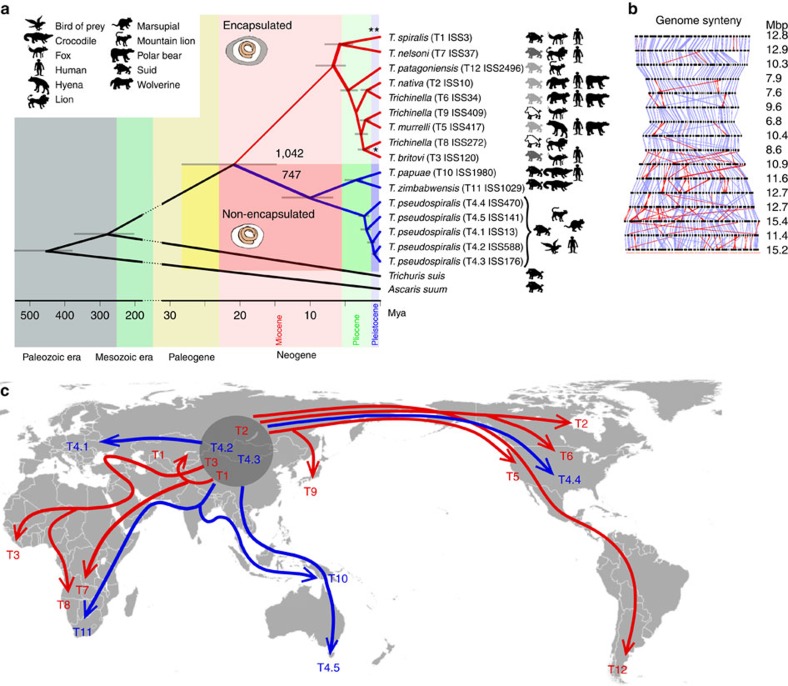Figure 1. The evolution and biogeography of Trichinella taxa.
(a) The phylogeny of all 12 currently recognized taxa of Trichinella based on analyses of amino-acid sequence data from shared SCOs (n=1,284) employing Bayesian infererence, ML and MP methods, with Trichuris suis and A. suum as outgroups; 1,042 and 747 are the numbers of orthologous gene groups, which are unique to encapsulated (red) and non-encapsulated (blue) Trichinella taxa, respectively. The topology of the trees constructed using each of these methods was the same; all nodes have absolute statistical support (1.00 or 100%), except for one node (*) in the ML analysis, where it was 99%. The grey bars on the nodes represent 95% confidence intervals for the estimate of species branching time. T. spiralis (ISS195)19 shares the same phylogenetic position (**) as T. spiralis (ISS3). Host animals: suids (Sus scrofa) represent both the sylvatic and domestic porcine hosts (left); the reproductive potential of a particular Trichinella taxon in S. scrofa12 is indicated by the colour scale: white: not assessed; light grey: low; dark grey: medium; black: high. Other animals (right) represent examples of carnivorous sylvatic hosts in different geographic regions, including fox, lion, mountain lion, marsupial, crocodile and bird of prey, and the accidental human host. (b) Representation of genome-wide synteny among Trichinella taxa (same order as listed on the right in a). Genomic scaffolds (black) sharing at least 10 SCOs between Trichinella taxa are displayed. A purple line indicates a single SCO and a red line an inverted SCO. The numbers on the right indicate the genomic length in megabases (Mb). (c) Biogeography of Trichinella taxa proposed on the basis of known global (climate, extinctions and/or tectonic) events and diversification times (mya) for Trichinella taxa, estimated using a molecular clock approach. Encapsulated taxa: T. spiralis, T1; T. nativa, T2; T. britovi, T3; T. murrelli, T5; T. nelsoni, T7; T. patagoniensis, T12; and Trichinella genotypes T6, T8 and T9. Non-encapsulated taxa (infecting mammals, reptiles and/or birds): T. pseudospiralis, T4; T. papuae, T10; T. zimbabwensis, T11 (ref. 12). Geographic distributions of Trichinella taxa were reported by Pozio and Zarlenga11. The embedded public domain world map image ( https://commons.wikimedia.org/wiki/File:BlankMap-World6.svg) has been modified using the programs World map tool v.1.16 ( http://law.nagoya-u.ac.jp/en/appendix/software/worldmap) and GIMP v.2.8 ( https://www.gimp.org).

